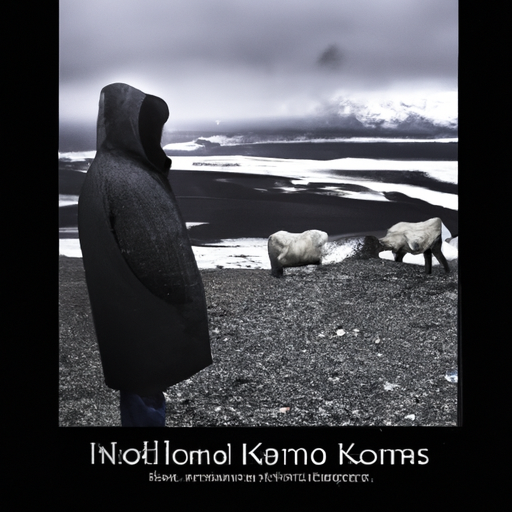The Plight of the Opioid Crisis in Canada’s Yukon: An Uphill Battle
As we intermittently engage in conversations about crucial issues affecting communities across Canada, the longstanding and tragic crisis of opioid substance misuse commands a grip on our attention. The stark reality is that the Canadian opioid crisis has infiltrated all sectors of society, blurring the lines between socioeconomic classes. A recent piece in the APTN News reveals a distressing narrative of the opioid crisis in the Yukon.
The Impact of the Opioid Crisis on the Yukon
Yukon’s battle against the opioid crisis demonstrates that this crisis is not confined to densely populated provinces but equally disfigures remote communities’ landscapes. The opioid crisis has created a whirlpool of dire consequences that are swallowing entire communities, leading to an increase in homelessness and a dramatic rise in crime rates. Furthermore, according to news piece, this crisis is undercutting the traditional lifestyle of indigenous communities, proving that the opioid epidemic casts a long and volatile shadow that respects no border or nationality.
The Effect on Indigenous Communities
For the Kluane First Nation, the opioid crisis has resulted in more than just an alarming case of drug abuse; it has morphed into a fight for cultural survival. The alarming decrease in the Dall sheep population, the backbone of the Kluane First Nation’s culture, has been pointed out as a consequential fallout from the opioid crisis. This takes the urgency of combatting the opioid crisis from a matter of public health to an issue of cultural preservation.
Efforts to Combat the Opioid Crisis in Yukon
Despite the mountainous challenges, Yukon is pushing back. The Yukon Government, the Kluane First Nation, and other community stakeholders are making commendable efforts to tackle the opioid crisis head-on. Central to these initiatives is the widespread use of naloxone, a medication designed to rapidly reverse opioid overdose.
Key Points
- The opioid crisis is not confined to densely populated areas but affects even remote communities.
- The rise in the opioid crisis in Yukon has led to increased homelessness and crime rates.
- The crisis threatens the cultural survival of indigenous communities like the Kluane First Nation.
- The decline in the Dall sheep population, vital to Kluane First Nation’s culture, is linked to the opioid crisis.
- Naloxone kits, designed to reverse opioid overdose, play a pivotal role in fighting the opioid crisis in Yukon.
Conclusion
In conclusion, the Canadian opioid crisis’s catastrophic effects reverberate beyond the immediate victims and continue eating into the very cultural fabric of indigenous communities like Yukon’s Kluane First Nation. It is a crisis that preys on society’s vulnerabilities, from homelessness to escalating crime rates. Yet, hope is not lost. Efforts like the distribution of naloxone kits and the First Nations’ stalwart resilience remind us that the fight against the opioid crisis continues valiantly. This fight for the preservation of culture and human life against an opioid crisis underscores the indispensability of unity and perseverance.


